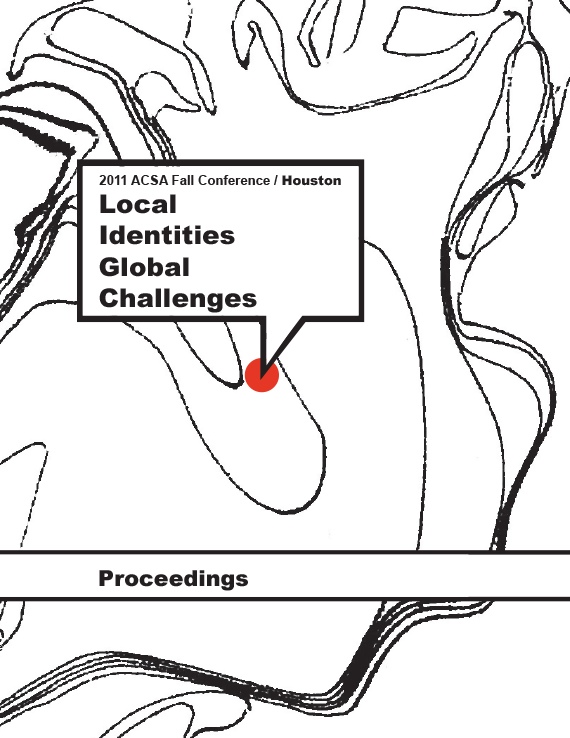Author(s): Carlos Reimers
A large and growing number of low-income groups in Texas have found their way to housing and home-ownership through unconventional means with minimal Federal or State assistance and intervention. The developing low-income settlements known as “Colonias” on the peri-urban areas of cities of South Texas are less a regional phenomenon than a mechanism that deals with extreme poverty levels. This mechanism is not unique to Texas and relies in practices that transcend political boundaries stimulated by global phenomena that include different cultures and societies, as well as economic and political systems. While the practices, methods, and processes that we see in these poor neighborhoods are similar to those that operate in other geographies of the globe, the issues that they raise and impose in our cities and regions remain untackled by rigid policy environments, economic systems and technical approaches to address this kind of “unconventional” problems. Furthermore, the phenomena observed in the US-Mexican border are not strange to the fringes of metropolitan areas of Texas in cities such as Austin and San Antonio. It is a developing trend in the search for living alternatives in the midst of economic difficulties that are increasingly affecting a growing sector of our society. Architecture has been familiar with some of the different roles that our discipline has assumed providing housing as well as buildings for community services and facilities for low-income settlements. However, it has traditionally done so under the umbrella of top-down federal or state funded programs that impose rigorous standards, requirements, and procedures that end up making these efforts unsustainable over time. In some of the best cases, architects have sought after vernacular practices, methods, and materials as a way to incorporate the local wisdom in the precarious attempts of people to satisfy their own needs. When this has happened, architects have supported the community involvement and the need for an “advocacy role” to work in the solution of these problems. The limited outcome of these efforts has been less attractive than the issues that characterize and give prestige to the practice of our profession. This paper discusses the opportunities that these changing scenarios bring to the professional disciplines related with the built environment. Emphasis is made in the proactive roles within our disciplinary realm that architects can develop in these less familiar grounds that contemporary times are bringing to the less developed regions of the country.
Volume Editors
Ikhlas Sabouni & Jorge Vanegas

 Study Architecture
Study Architecture  ProPEL
ProPEL 
